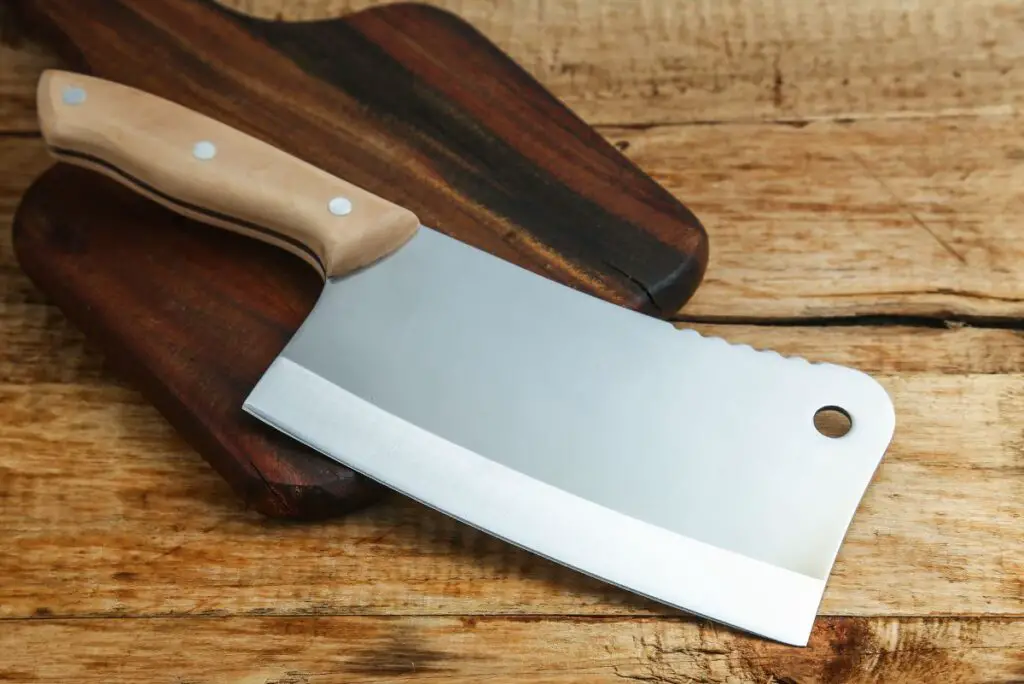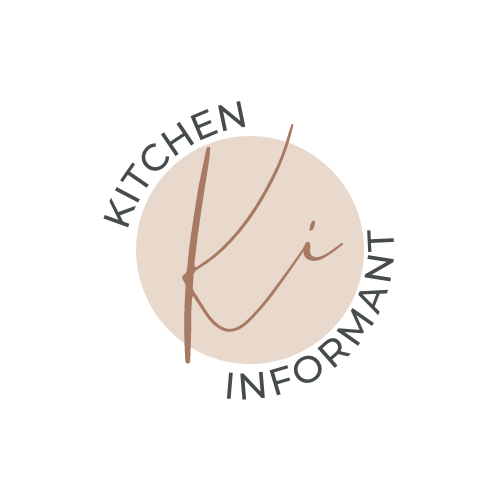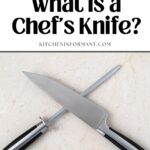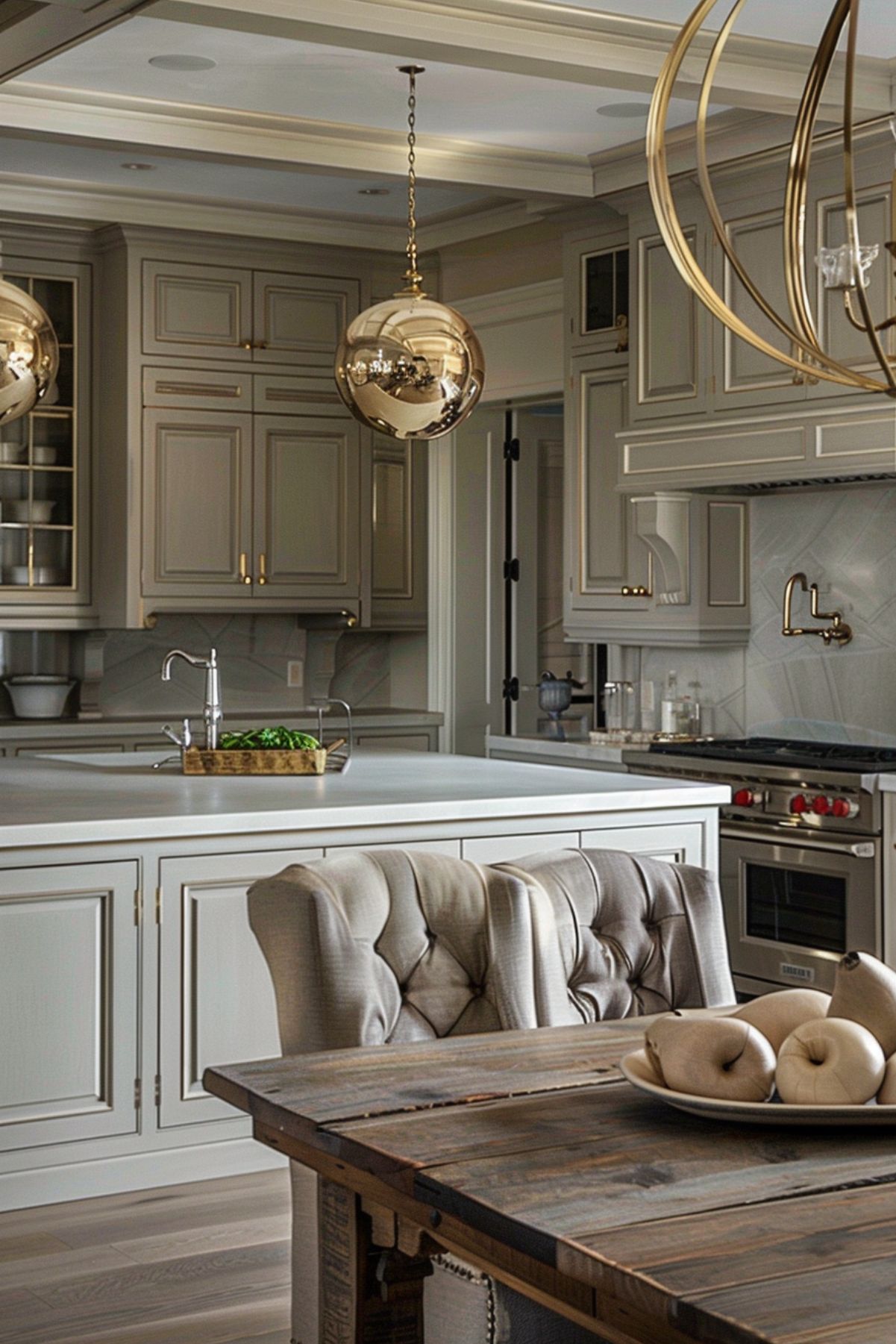Knife Series: What is a Cleaver?

Knife Series: What is a Cleaver? Knives are essential tools in any kitchen, and there are many different types to choose from to suit various needs and tasks.
One type of knife that is often overlooked but can be extremely useful is the cleaver.
In this article, we will look at the history, characteristics, and uses of the cleaver, as well as provide tips for choosing and caring for one.
History of the Cleaver
The cleaver has a long history dating back to ancient times as a tool used by butchers to chop through bone and tough meat.
Over time, the cleaver has evolved into a versatile kitchen knife used for various tasks.
Description of a Cleaver
Cleavers are typically large knives with a rectangular or oval-shaped blade that is thick and heavy.
They are usually made of stainless steel or carbon steel, although some higher-end cleavers may be made of more premium materials like ceramic or titanium.
The blade is sharp on one side and often has a beveled edge on the other side, which can be used for tasks like crushing garlic or ginger.
Cleavers are primarily used for chopping and mincing, but they can also be used for tasks like tenderizing meat or even crushing nuts.
They are a great choice for tackling large cuts of meat or vegetables. Their weight and sharp edge make them efficient for quickly and easily breaking down food into smaller pieces.
Types of Cleavers
There are several different types of cleavers to choose from, depending on your needs and preferences.
Traditional Chinese cleavers are typically rectangular and have a wide, flat blade that is great for tasks like chopping and mincing.

On the other hand, Western cleavers are often oval-shaped and have a more pointed tip, making them well-suited for tasks like breaking down poultry or separating meat from bone.

Finally, hybrid cleavers are a newer type of cleaver that combines elements of both Chinese and Western cleavers, making them a versatile choice for many different tasks in the kitchen.
Choosing the Right Cleaver
When choosing a cleaver, there are a few key factors to consider. First, consider the size of the cleaver.
Size
Large cleavers may be more efficient for tackling larger cuts of meat, but they can be unwieldy for more precise tasks.
On the other hand, smaller cleavers may be more maneuverable but may not be as efficient for larger tasks.
Material
Next, consider the material of the cleaver.
Stainless steel is a popular choice for its durability and resistance to rust and stains, but carbon steel can be sharper and easier to maintain.
Higher-end materials like ceramic or titanium may be more expensive but can offer additional benefits like lightweight and corrosion resistance.
Intended Use
Finally, consider the intended use of the cleaver. If you plan on using it mostly for tasks like chopping and mincing, a traditional Chinese cleaver may be a good choice.
If you plan on using it more for breaking down poultry or separating meat from bone, a Western cleaver may be a better fit.
Hybrid cleavers offer a good balance of versatility and can be a good choice for general-purpose use in the kitchen.
Care and Maintenance of a Cleaver
Proper care and maintenance of your cleaver can help ensure that it stays sharp and performs at its best.
It’s important to keep the blade sharp, as a dull blade can be more difficult to use and can even be dangerous.
To sharpen a cleaver, you can use a sharpening stone or take it to a professional sharpener.
It’s also a good idea to regularly hone the blade with a honing rod to keep the edge straight and aligned.
When using a cleaver, it’s important to handle it safely to avoid accidents.
Always use a cutting board and avoid placing the blade on hard surfaces, as this can damage the blade.
When storing a cleaver, be sure to keep it in a knife block or on a magnetic knife strip to protect the blade and keep it easily accessible.
Conclusion
The cleaver is an often-overlooked but extremely useful kitchen knife that can tackle a wide range of tasks.
From chopping and mincing to tenderizing and breaking down poultry, a cleaver can be a valuable addition to any home cook’s knife collection.
When choosing a cleaver, consider the size, material, and intended use, and be sure to properly care for and maintain it to keep it sharp and in good condition.
You May Also Like:







